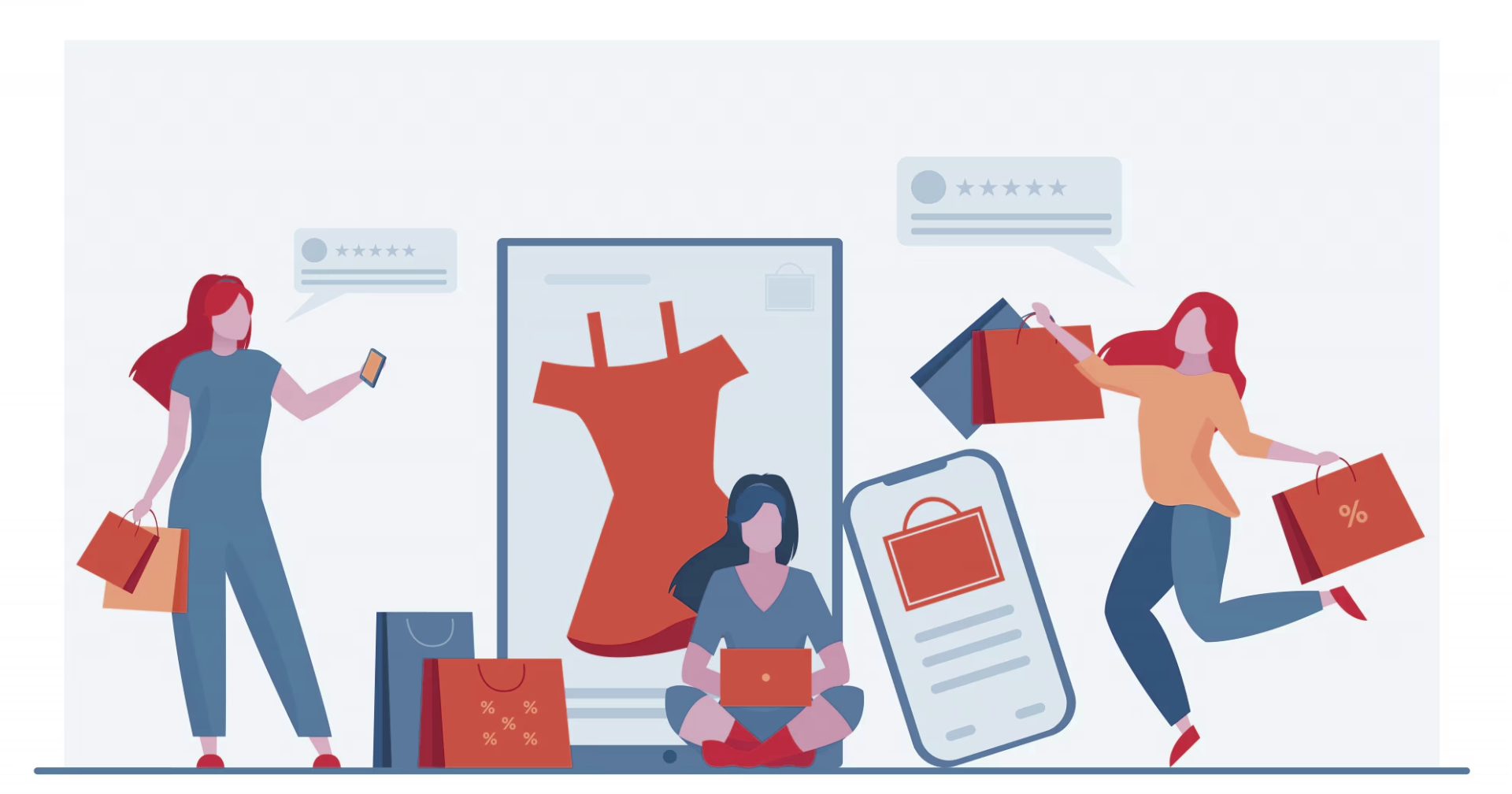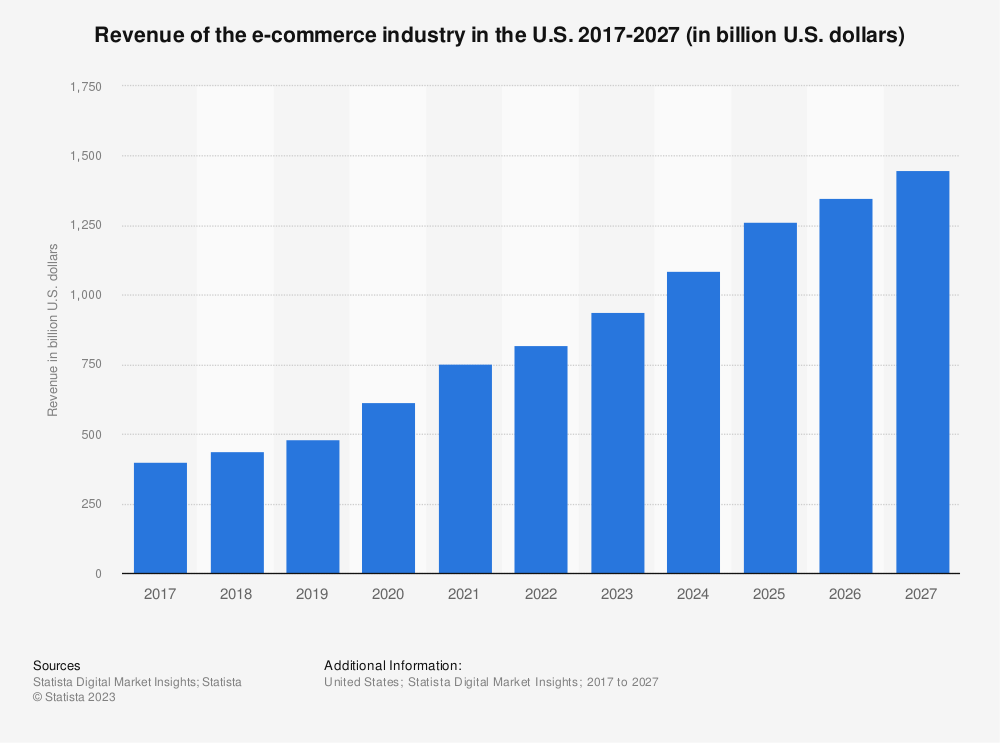Why Fashion Retailers Need to Embrace Mobile Obsessions and Pursue CX Innovations

The rise of mobile technology has changed the way customers interact with brands and purchase products. Customer Experience (CX) is the cornerstone of customer loyalty, retention, and advocacy. Customers now expect a seamless and personalized shopping experience across all touchpoints, including mobile apps, social media, and in-store experiences. These next-gen shoppers want speed and ease with a tailored, elevated experience.
Major businesses and brands like Browns Fashion, Drapers, Adidas, Zara, and Saks Fifth Avenue are embracing this challenge and investing in immersive, personalized experiences. The future of retail favors those that focus on the consistent and engaging CX only mobile apps can provide.
How has CX Changed and Impacted Retailers?
Customers are more informed and savvier than ever before, with access to a wealth of information in their pockets and at their fingertips. This means retailers need to provide accurate and detailed product information and reviews to earn the trust of customers. A study by Retail Dive found that 47% of shoppers are more likely to make a purchase if they can use a retailer’s mobile app in-store to find product information, check inventory, or make a purchase. To meet these changing customer expectations, retailers need to invest in mobile technology that embraces the power of digital touchpoints with the joy of the store.

Source: Statista
According to Statista, in 2021, retail e-commerce sales amounted to approximately 5.2 trillion U.S. dollars worldwide. This figure is forecast to grow by 56 percent over the next years, reaching about 8.1 trillion dollars by 2026. Knowing the specific reasons why Digital Commerce is still growing allows brands to tap into this growing market in a more meaningful way. The continuous rise can be attributed to several factors, including:
- Convenience: Customers appreciate the convenience of shopping via mobile apps, which allows them to shop from anywhere and at any time. They can find the size, color, and style they want without having to search through rows of clothing or be disappointed that they don’t have their size.
- Personalization: Digital commerce allows retailers to provide personalized product recommendations, promotions, and customer experiences based on each customer’s personal preferences. One study claims that 75% are more likely to buy products from a company that offers them personalized recommendations.
- Access to Information: Your customers have access to a wealth of information online, including product reviews, comparisons, and pricing information, making it easier for them to make informed purchase decisions. Apps make it easy to engage with your customers based on their preferences.
- Social Media: Social media platforms have become an integral part of the shopping experience, with retailers using social media to promote products and engage with customers. 59% of consumers (on average) who’ve engaged with brands through digital channels (such as social media, chat, or online communities) have considered or purchased a product because of an ad or content they saw on social media.
Which Emerging Touchpoints Have Come About in Response to Retail’s Digital Transformation?
Retail’s digital transformation has led to the emergence of several new touchpoints, including:
- Buy Online, Pick Up In-Store (BOPIS): BOPIS allows customers to purchase products online and pick them up in-store, providing a convenient and efficient shopping experience.
- Curbside Pickup: Curbside pickup allows customers to order products online and pick them up outside the store, without having to enter the store or interact with staff.
- Virtual Fitting Rooms: Virtual fitting rooms allow customers to try on clothes virtually, providing a convenient and personalized shopping experience.
- Augmented Reality (AR): AR technology allows customers to visualize products in a real-world environment, improving the customer experience and reducing the likelihood of returns.
- Voice Commerce: Voice assistants such as Amazon’s Alexa and Google Assistant allow customers to shop using their voice, providing a convenient and hands-free shopping experience. When used in digital strategies, conversational commerce can help brands create personalized, human connections with consumers that mirror in-person interactions — but still add novel experiences, convenience, and automation that’s impossible in the physical world.
A recent IDC survey found that 61% of consumers have a more positive view of a brand if they have a mobile app, and 67% are more likely to purchase from that brand. Now is the time to pivot from reactive to proactive to stay “ahead of the curve” in engaging with customers via digital channels.
Top 3 Mobile App Trends in the Fashion Industry:
- Augmented Reality (AR)
Augmented Reality (AR) is a technology that allows users to experience a digital environment overlaid with the real world. 1.06 billion already use mobile AR, according to a March 2023 report from ARtillery Intelligence.
In the fashion industry, AR is being used to create virtual fitting rooms, where customers can try on clothes virtually before making a purchase. This technology can improve the customer experience and reduce the likelihood of returns.
For example, ASOS has introduced an AR feature on its mobile app that allows customers to try on clothes virtually. This feature has been very successful, with customers who use it being 11 times more likely to make a purchase.
- Personalization
Personalization is becoming increasingly important in the fashion industry. According to a survey by Accenture, 91% of consumers are more likely to shop with brands that recognize, remember, and provide relevant offers and recommendations. A mobile app can help fashion retailers collect valuable data about their customers, such as their browsing and purchase history, preferences, and demographic information. This data can be used to provide personalized recommendations and offers, which can improve the customer experience and increase sales.
Amazon’s mobile app provides personalized product recommendations based on a customer’s search history and purchase behavior. This personalization can increase customer engagement and loyalty.
- Social Commerce
Social media platforms have become an integral part of the fashion industry, and mobile apps are incorporating social commerce features to allow customers to shop directly from social media. Social commerce can increase brand awareness and customer engagement.
For example, Instagram has introduced a shopping feature that allows users to shop directly from the app. This feature has been very successful, with more than 130 million users tapping on Instagram shopping posts every month.
Companies must embrace their customer obsession and pursue CX innovations that differentiate their brand, rather than relying on CX strategies that consumers perceive as similar.
Some Top App Technology Retailers Should Know About:
- Progressive Web Apps (PWA)
Progressive Web Apps (PWA) are web applications that look and feel like native mobile apps but are accessed through a web browser. PWAs provide a seamless user experience and can work offline. They are also faster to load than traditional mobile apps.
For example, Lancome’s PWA has reduced its bounce rate by 53% and increased its conversion rate by 17%.
- Chatbots
Chatbots are AI-powered software that can simulate human conversation. They can be used to provide customer service, answer customer queries, and even provide personalized recommendations.
Online retail stores have the highest rates of chatbot ‘acceptance’. Chatbots are used a lot in e-commerce scenarios and studies show that consumers are receptive to this and accepting of the new technology. A study showed that 34% of e-commerce customers accept chatbots as a valid and useful tool.
If you compare this figure to other industries, it’s clear to see this is an extremely high acceptance rate. For example, chatbots used in banking only have a 20% acceptance rate, and the insurance industry is even lower at only 13%.
- Mobile Wallets
Mobile wallets are digital wallets that allow customers to store payment information on their mobile devices. Mobile wallets provide a convenient and secure way for customers to make purchases through their mobile devices. Brands can also use mobile wallets to offer loyalty programs and personalized promotions.
For example, Starbucks’ mobile app allows customers to store payment information, earn rewards, and order ahead for pickup. The app has been very successful, with over 22 million active users.
Conclusion
Mobile apps have become an essential part of the fashion industry. Fashion brands need a mobile app to stay relevant and competitive in the growing e-commerce market. According to a Statista, global e-commerce sales are expected to reach $8.1 trillion by 2025. This means that fashion retailers need to have a strong e-commerce presence, and a mobile app is a must-have piece in their digital puzzle.
Bryj is the most complete enterprise mobile app solution that delivers custom apps 5x faster and on budget. We provide a full-service, AI-powered platform for app design, seamless integrations, app store publishing and compliance, real-time monitoring and analytics, maintenance and support, security and privacy, and engagement tools. Plus, your subscription includes ongoing maintenance and monitoring—no devs needed. Now is the time to rise to the CX challenge and win more loyal customers with a compelling app. Contact our expert team at Bryj today.




